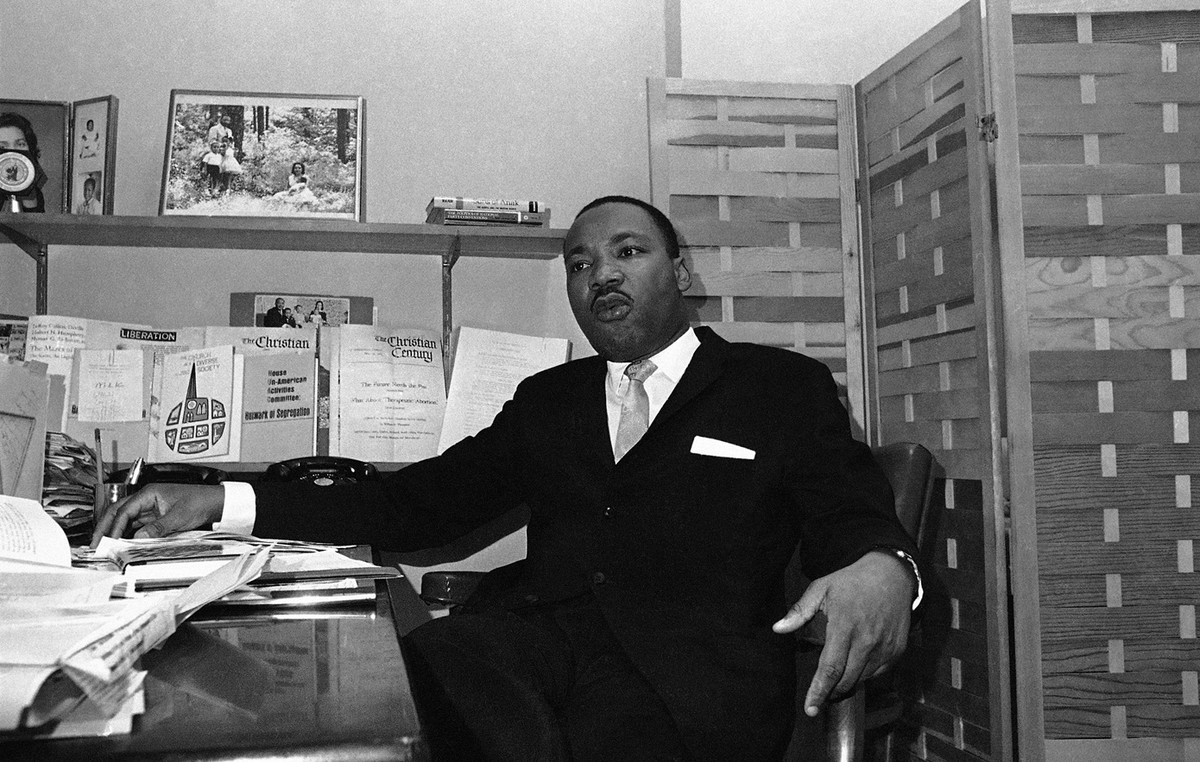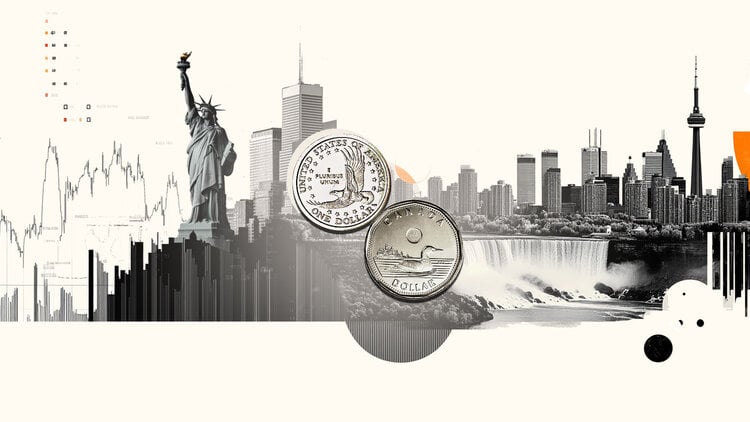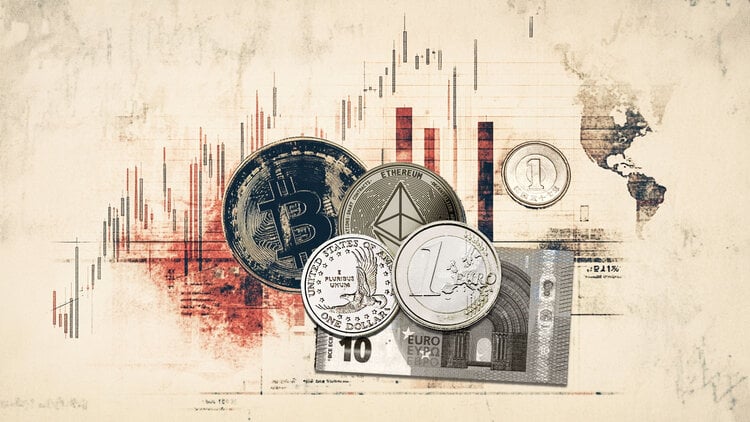The updates of the countries’ Nationally Determined Contributions (NDCs) to the COP26 were intended to demonstrate the countries’ greater commitment to the climate emergency, but the goals are still far from what is necessary, said the United Nations Framework Convention on Climate Change (UNFCC) this Tuesday (9).
This is because, even with the update of the NDCs, there will still be an increase of around 13.7% in greenhouse gas emissions in 2030 compared to 2010. To avoid more drastic climate effects, the stipulated target was to cut by 50% emissions by the end of the decade.
The new report takes into account the implementation of the 166 latest available NDCs from all 193 Parties (the signatory countries) of the Paris Agreement. There are 124 new or updated plans communicated by 151 parties. Updates were compiled until the last 2nd of November.
Before COP26, this increase was estimated at 16%.
Brazil was one of the countries that updated the NDC in view of the proximity of the climate summit, which takes place in Glasgow, Scotland. The Brazilian government presented a new goal of 50% reduction in emissions of gases associated with the greenhouse effect by 2030 and the neutralization of carbon emissions by 2050.
However, the calculations were questioned by civil society, which accused the country of having committed a “fiscal pedaling” in the final calculations – which would even increase the total permitted emissions.
The Intergovernmental Panel on Climate Change (IPCC) estimates that limiting the global average temperature rise to 1.5°C, as stipulated by the Paris Agreement, requires a 45% reduction in CO2 emissions by 2030, or a reduction in CO2 emissions. 25% until 2030 to limit heating to 2°C.
If emissions are not reduced by 2030, they will need to be substantially reduced thereafter to make up for the slow start on the path to net zero emissions, but likely at a higher cost, highlighted the UNFCCC.
For 2050, considering 74 parties that provided more details on long-term climate change mitigation strategies, total emissions are estimated to be 70% to 79% lower than in 2019. The target announced by many countries on the other side, was to achieve so-called “carbon neutrality” by then.
One of the reasons given by the UNFCCC for the low emissions ambition is the “conditional commitments” of developing countries, which expect the actual implementation of the financial resources promised by rich countries – a fund of at least US$ 100 billion annually.
The alert adds up to calls from the UN itself and from developing countries for financing mechanisms for the energy transition to a cleaner matrix to be implemented, but it also sheds light on UNFCCC alerts on what it would mean not to drastically reduce emissions in this decade .
“In all scenarios, the 1.5°C mark, the most ambitious threshold of the Paris Agreement, must be passed between 2021 and 2040. Each additional half degree of warming increases the frequency of heat waves, storms and droughts that affect agriculture. Even with global warming stabilized at 1.5 ºC, extreme events without precedent in the historical record should happen”, registered the IPCC in its last report, already in disbelief that the objective is, in fact, fulfilled.
Reference: CNN Brasil
I’m James Harper, a highly experienced and accomplished news writer for World Stock Market. I have been writing in the Politics section of the website for over five years, providing readers with up-to-date and insightful information about current events in politics. My work is widely read and respected by many industry professionals as well as laymen.







